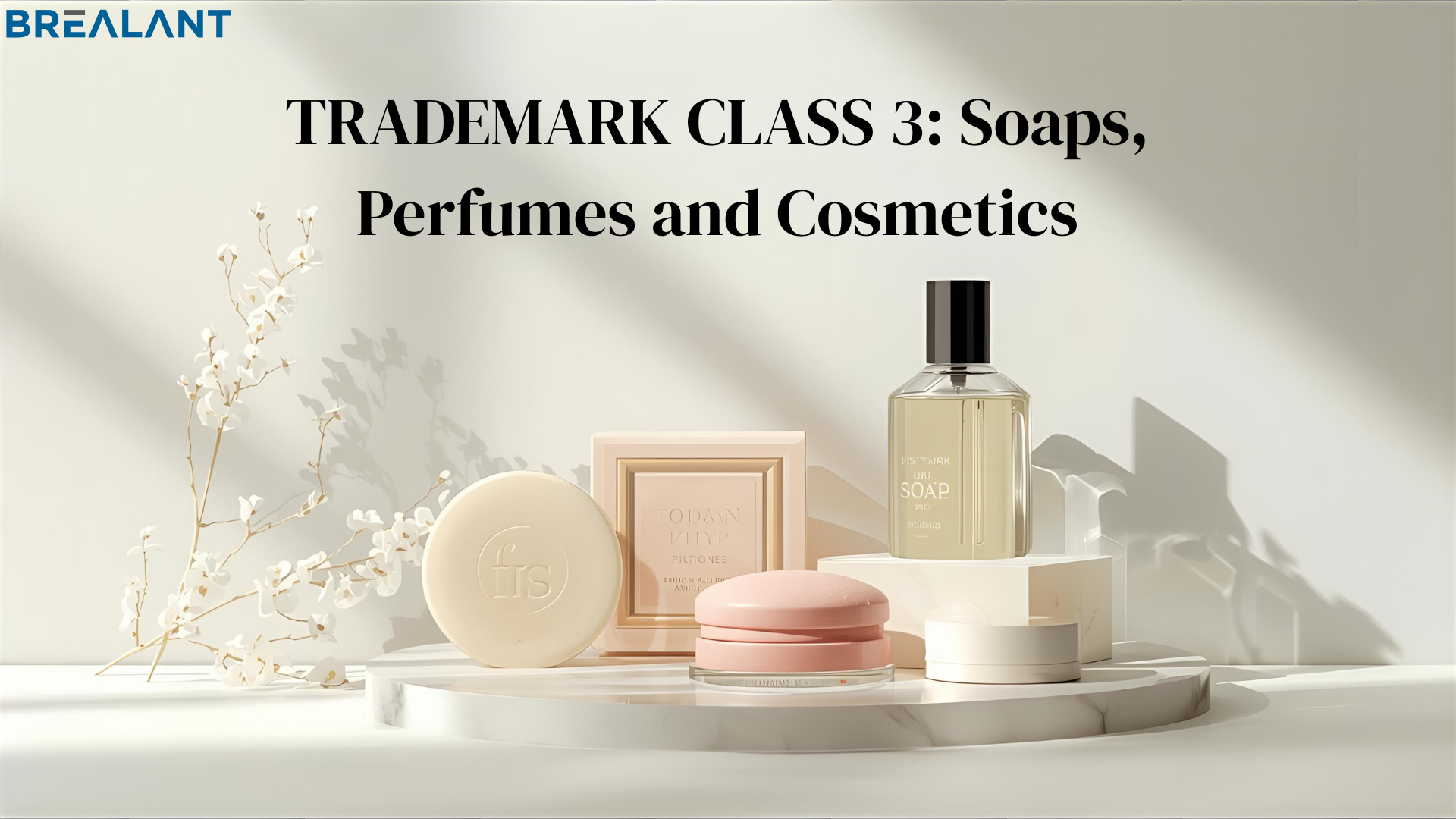

When you apply for a trademark in the Philippines, the Intellectual Property Office of the Philippines (IPOPHL) will ask you to identify the correct class for your goods or services. These classes, which follow the Nice Classification system, are divided into 45 categories. Each class groups together similar types of products or services so that businesses can protect their marks in the most relevant industry.
Class 3 is one of the more commonly used categories because it covers many everyday consumer goods. Specifically, it includes:
To put it simply, if your business deals with toiletries, cleaning products, perfumes, or cosmetics, Class 3 is probably the right choice.
Examples of registered marks in Class 3 include:
It’s important not to confuse Class 3 with other related categories. Some products may seem similar but actually belong elsewhere, such as:
If you misclassify your goods, your application can be refused, and you may have to refile.
Many applicants file in more than one class. For example, a company selling soaps (Class 3) might also want to protect its brand in:
Since IPOPHL charges separate fees per class, you’ll need to budget accordingly if your brand spans multiple categories.
When you file a trademark in Class 3, you must show IPOPHL how the mark is actually used (or intended to be used) in commerce. Acceptable specimens include:
What doesn’t count? Using the mark only as a trade name or as part of a return address. IPOPHL requires that the trademark be seen by consumers directly in connection with the product.
✅ Bottom line: If you’re planning to register a brand for cleaning products, toiletries, or cosmetics, Class 3 is where you should start. Just make sure your goods are correctly classified and that you can provide proper specimens of use, otherwise your application may face delays or rejection.